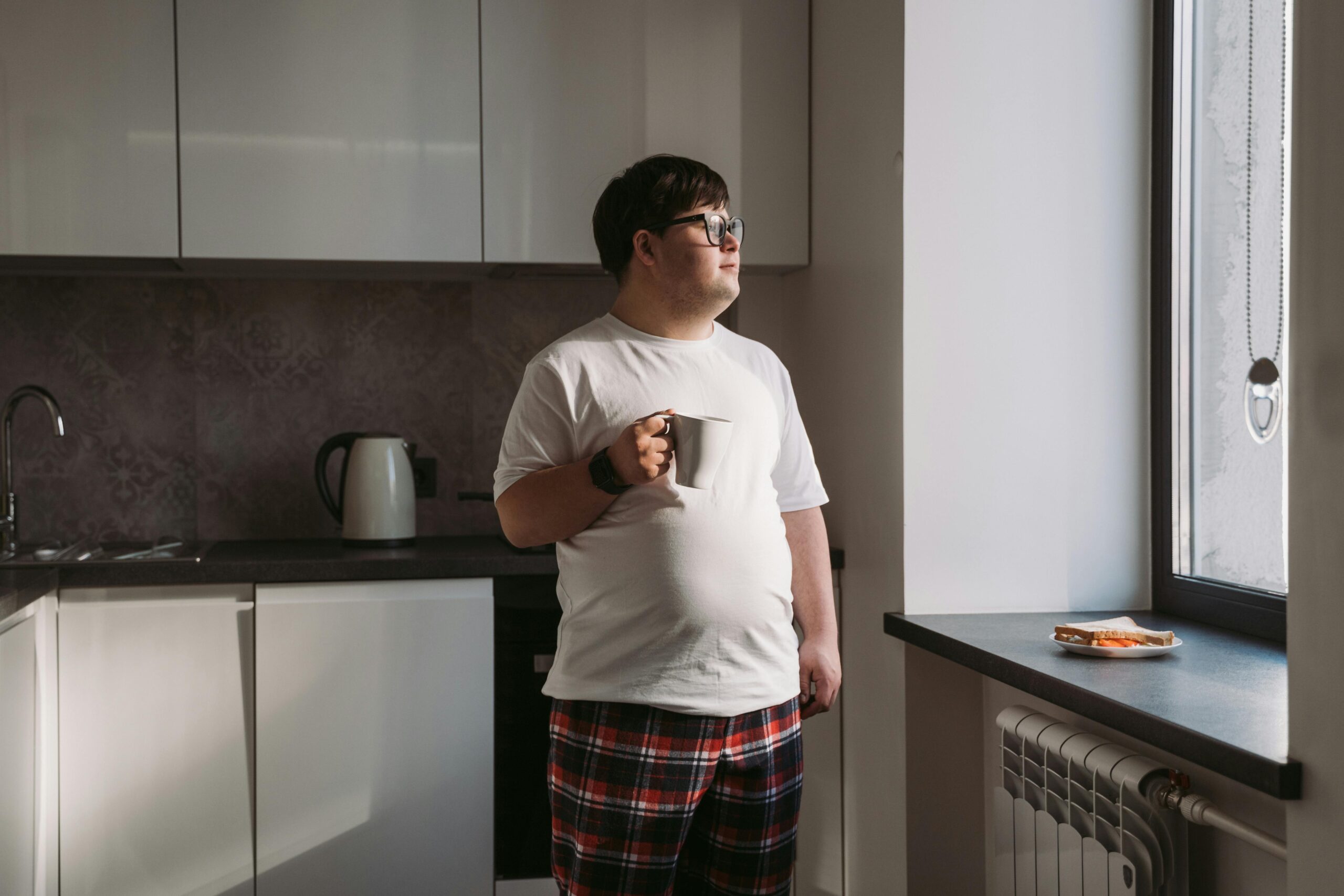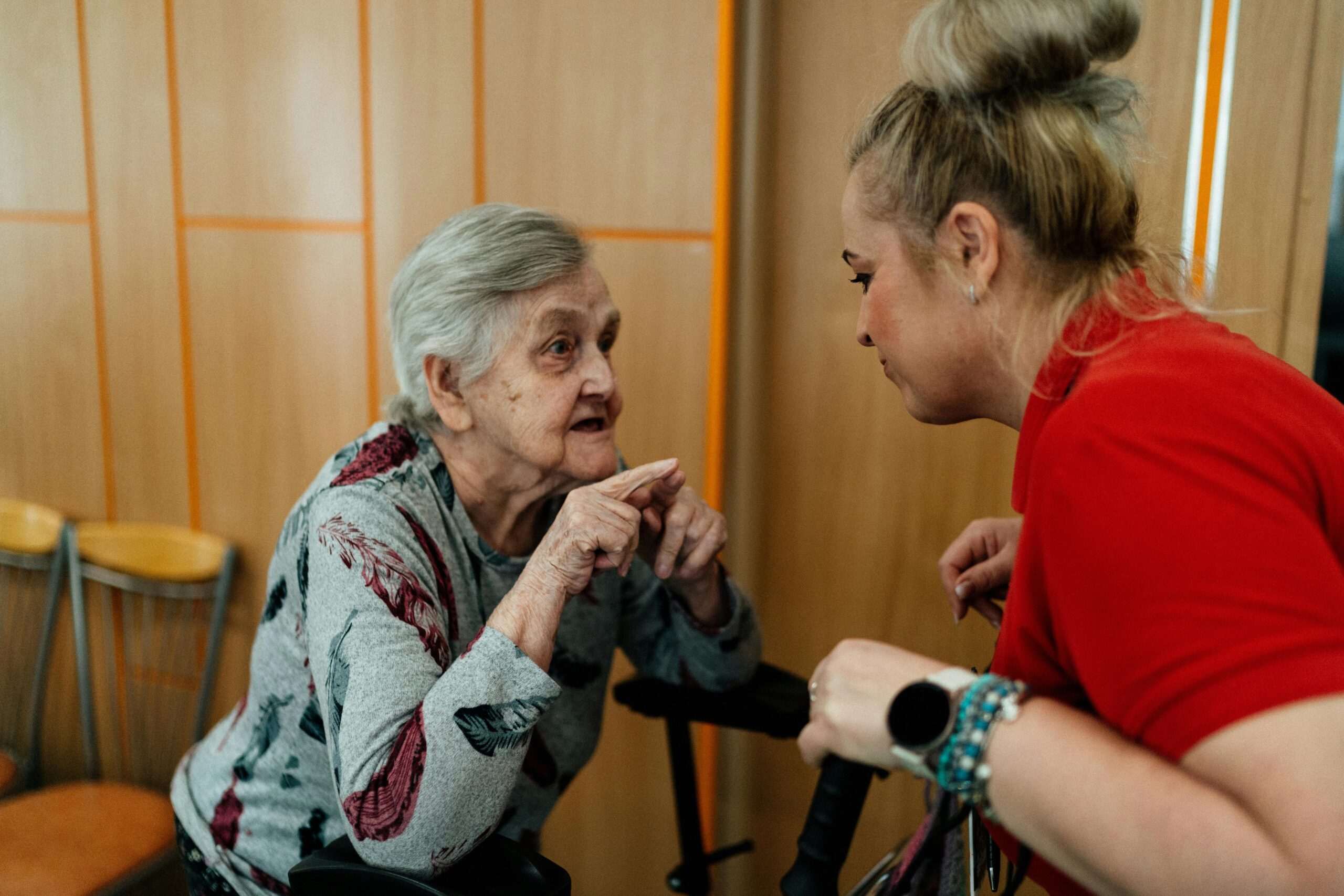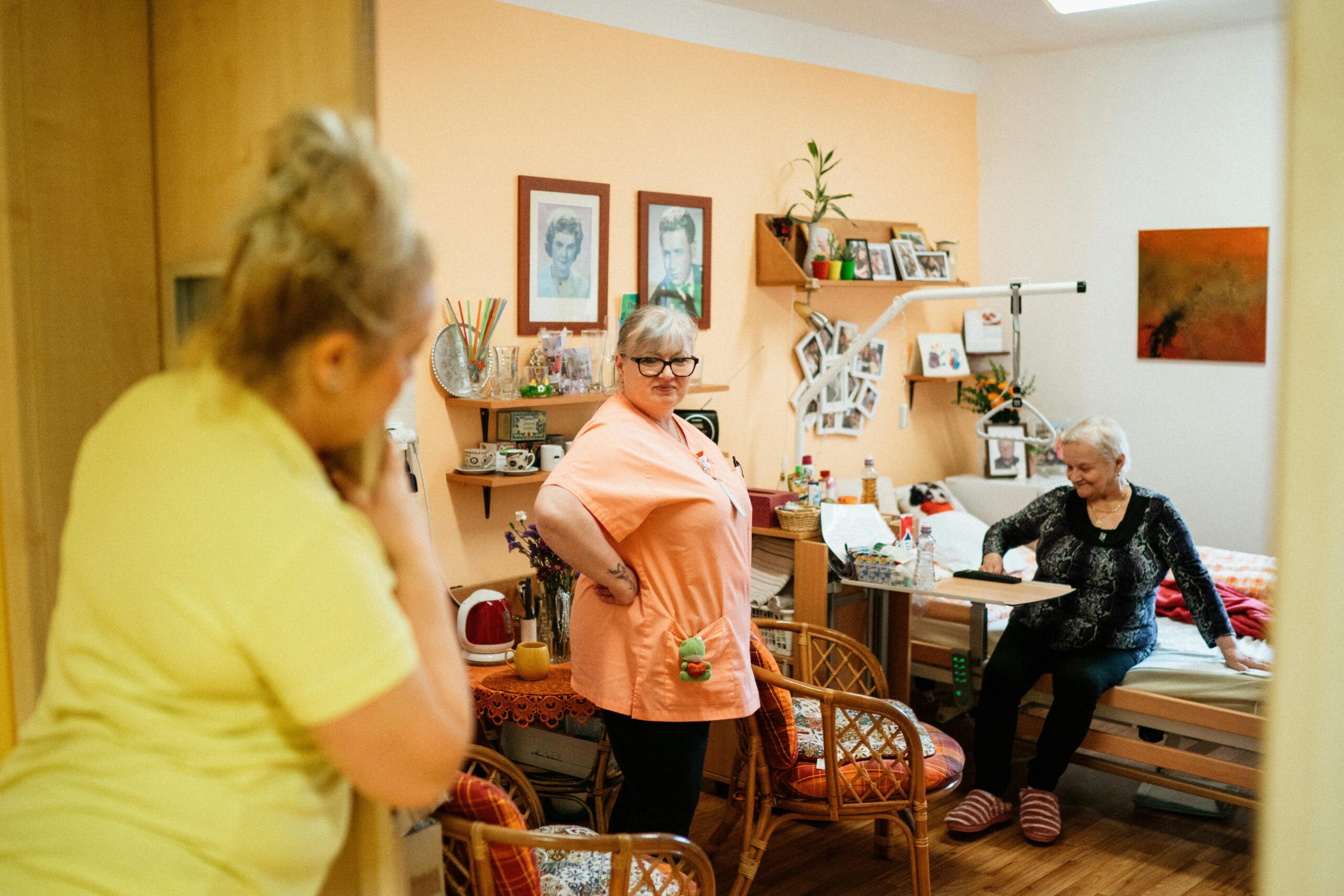Supported housing as a dynamic business environment
Over the last decade the shape of social care has changed dramatically across the United Kingdom. Rather than institutionalising people in care homes, commissioners now focus on enabling vulnerable adults to live as independently as possible in ordinary dwellings. Supported housing, a spectrum of accommodation with care and support built in, allows people to enjoy the dignity of their own front door while still getting help with daily living.
What has sometimes been missed in debates about supported living is that these properties are not private homes in the legal sense; they are businesses delivering regulated services. As such, they fall under the Regulatory Reform (Fire Safety) Order 2005, commonly referred to as the Fire Safety Order or FSO. The FSO places legal duties on anyone who has control of a relevant building, usually the landlord, service provider or managing agent, to conduct a suitable and sufficient fire risk assessment and put in place general fire precautions to minimise risk.
The shift to community based services has created hundreds of supported housing schemes across England, Wales, Scotland and Northern Ireland. These schemes range from shared houses with a handful of tenants receiving visiting support, to complex developments with dozens of self contained flats and round the clock care. Across this continuum, one thing is constant: providers are running a business, not simply renting a house. They have a duty of care to the people they support, to their employees and to neighbours.
Because supported housing bridges the gap between private dwellings and workplaces, regulators are paying close attention. Since the Grenfell Tower disaster, public scrutiny of fire safety has grown. Government consultations have revealed significant concern about the safety of sheltered and supported housing. For providers, the message is clear: simply fitting smoke alarms and writing a fire action notice is not enough. You must demonstrate that you have assessed the risks to your particular residents, put in place proportionate measures and documented everything carefully. Failure to do so can lead to enforcement notices, fines or even prosecution. More importantly, cutting corners puts vulnerable people at risk.

The arrival of BS 9792:2025
Historically, fire risk assessments (FRAs) in residential settings were guided by a publicly available specification, PAS 79 2 (although withdrawn). In August 2025, the British Standards Institution (BSI) replaced PAS 79 2 with a full British Standard, BS 9792:2025. The new standard provides a comprehensive framework for assessing fire risks in houses in multiple occupation (HMOs), blocks of flats, specialised housing such as sheltered or supported accommodation and student housing. It includes modern documentation templates, clearer definitions of fire hazards versus risk, and guidance on assessing evacuation needs of residents with disabilities.
Person centred fire risk assessments; focusing on individuals
Perhaps the most transformative element of BS 9792 is its embrace of person centred fire risk assessments (PCFRAs). Traditional FRAs focus primarily on the building: the escape routes, the detection systems and the structural measures. While those elements remain vital, they overlook the fact that fire safety is ultimately about people. A PCFRA turns the lens towards the individual residents who may be at greater risk because of their physical, cognitive or behavioural characteristics. The assessment examines how a person’s specific abilities, behaviours and support needs might affect both the likelihood of a fire and their ability to respond to it.
In supported housing, PCFRAs are especially important because packages of care vary widely. Some residents receive low level visiting support once or twice a week. Others benefit from 24 hour support with waking night staff. A person who receives support only during the day may be at greater risk at night when carers are absent. Conversely, someone with round the clock care may have immediate assistance but could still face delays if staff are stretched across multiple tenants. Some vulnerable people may take longer to evacuate because they need specialist equipment or do not understand the danger. In these circumstances, providers must plan for each scenario.

The National Fire Chiefs Council (NFCC) specialised housing guidance
In 2017 the National Fire Chiefs Council (NFCC) launched its Specialised Housing Guidance, the first national document specifically focused on fire safety in sheltered, extra care and supported housing. The NFCC recognised that around three quarters of a million people live in specialised housing and that these residents often have greater vulnerabilities. The guidance is aimed at housing providers and enforcing authorities and seeks to help them comply with the Fire Safety Order and the Housing Act 2004.
The NFCC defines specialised housing as any accommodation for vulnerable people that is not a registered care home or general needs housing. This includes sheltered housing (usually for older people), extra care housing (where residents have their own flats but access to care), and supported housing for people with learning disabilities, mental health conditions or substance misuse issues. The guidance encourages providers to develop person centred risk assessments and to work closely with local fire and rescue services. It emphasises that there may be more than one way to achieve compliance and that solutions should be proportionate to the actual risk.
The NFCC guidance provides a matrix of responsibilities, recommending that housing providers coordinate with care providers, social workers and residents to ensure everyone understands their role. It also outlines considerations for common areas: the design and maintenance of escape routes, the suitability of alarm systems (e.g., enhanced detection for hearing impaired residents), control of ignition sources such as mobility scooter charging, and the management of hoarding. For providers, using the NFCC guidance in conjunction with BS 9792 provides a robust framework that demonstrates due diligence.

Integrating personal emergency evacuation plans (PEEPs) and PCFRAs
A PCFRA identifies individual risk factors; however, the actions derived from that assessment must be turned into a practical plan. Personal Emergency Evacuation Plans (PEEPs) serve that purpose. A PEEP sets out how a specific person will be assisted to evacuate a building in an emergency. Many supported housing providers confuse PCFRAs and PEEPs, but they are distinct. The PCFRA focuses on risk factors and mitigation within the home; the PEEP focuses on how to get a resident to safety when an alarm sounds.
When designing PEEPs, providers must consider the building’s layout and the time available to evacuate. If there is only one staircase, staff may need to help residents down the stairs using evacuation chairs. Some residents might evacuate to an external refuge area where they can await assistance if safe to do so. Others may need to be evacuated horizontally to a neighbouring fire compartment. The plan should state clearly who will assist, what equipment will be used, where residents should go and how often the plan will be rehearsed. Providers should keep copies of PEEPs where staff can access them quickly in an emergency.
One challenge is balancing residents’ autonomy with safety. Supported living emphasises independence and choice. Some individuals may reject the idea of being escorted out of their home or may not perceive the alarm as urgent. Including residents in the planning process can reduce resistance. Talking through the plan using visual aids or social stories (simple illustrated narratives) can make expectations clear. Involving families helps ensure that messages are consistent and that any triggers or behaviours are understood. Above all, rehearsal is essential: a plan that is never practised will fail in a real emergency.
How care packages influence fire risk
Supported housing services are diverse. Some properties offer floating support, with staff visiting for short periods. Others offer 24 hour support, including waking night staff who remain on site. There are also shared hours schemes, where staff provide support to multiple tenants in one house, and in some cases wider support across several houses from a central hub. Understanding the range in packages of care is vital when assessing fire risk and designing evacuation strategies.
When evaluating care packages, providers should consider:
- Staffing ratios: How many staff are on duty during the day and at night? Does the staff complement match the needs of the residents? If staff are stretched, consider increasing night time support or using telecare to alert off site responders.
- Response times: How quickly can staff reach a resident’s room if an alarm sounds? Is there an on site sleep in staff member who could be woken and mobilised?
- Training: Are all staff trained in fire safety, evacuation equipment, communication with vulnerable people and first aid? Training should reflect the complexity of the residents’ needs.
- Shift patterns: Do shift handovers include updates on the fire risk profile of residents? Are there clear instructions for new or agency staff?
- Behaviour support: For residents who might refuse to leave or become distressed, behaviour support plans should integrate with PEEPs. Using familiar prompts or positive reinforcement can make evacuations smoother.
By aligning staffing and support with the fire risk profile of each resident, providers can create realistic and humane evacuation strategies.

Legal responsibilities and enforcement
The Fire Safety Order places the primary legal duty on the responsible person to carry out and record a fire risk assessment, implement necessary precautions and keep them under review. If you are a supported housing provider, that responsible person is usually the service provider, landlord or managing agent. The law requires you to:
- Identify fire hazards and risks. You must look at sources of ignition, fuel and oxygen; examine how a fire could start and how it could spread.
- Consider who may be at risk. This includes residents, staff, visitors and neighbours. Special attention should be given to individuals with disabilities or other vulnerabilities.
- Evaluate, remove or reduce risk. This involves improving housekeeping, controlling ignition sources, ensuring fire resistant materials, providing detection and alarm systems, establishing safe routes and training staff.
- Record significant findings. You should document the hazards identified, the people at risk and your plans for mitigating those risks. Keep records of maintenance, drills and training.
- Review and revise. Fire risk assessments are not one off exercises. They should be reviewed regularly, especially if there are changes in residents’ needs, staffing levels or building layout.
The business case for robust fire risk management
Complying with the Fire Safety Order and implementing BS 9792 is not just about avoiding penalties. It also makes commercial sense. Many supported housing schemes are commissioned by local authorities or NHS integrated care boards under contracts that include quality and safety metrics. Demonstrating a rigorous approach to fire safety can strengthen tender submissions and help secure packages of care or funding. Conversely, a poor safety record can lead to contract termination or reputational damage.
A robust approach to fire risk management can also reduce operational disruptions. Fires can cause traumatic evacuations, property damage, rehousing costs and staff stress. Preventing fires and planning for safe evacuations minimises these risks. Good practice can also improve staff morale; employees who feel prepared are more confident and capable in emergencies. Engaging residents through PCFRAs can strengthen trust and improve engagement with support services. Families are more likely to choose providers that take safety seriously.

How Fire Safety & Compliance Ltd supports supported housing providers
At Fire Safety & Compliance Ltd, we understand the unique challenges of supported housing. Our business is built on the belief that everyone, regardless of disability or circumstance, deserves to live in a safe home. We also recognise that providers must balance safety with independence, deliver services within tight budgets and comply with ever evolving regulation. Our services are tailored to help you meet these challenges.
- Fire risk assessments aligned with BS 9792
We conduct thorough fire risk assessments using the BS 9792 framework. Our assessors are competent professionals with experience in supported housing and complex care settings. Our reports include clear, actionable recommendations and pro forma documentation that meets the expectations of regulators, insurers and commissioners. We highlight not only building issues but also the need for person centred assessments and PEEPs. - Person centred fire risk assessments and PEEP support
We help providers implement PCFRAs by training staff to identify vulnerabilities, use checklists and record findings. We work alongside care teams to understand residents’ needs and behaviours. Our consultants can also develop and review PCFRAs and PEEPs, ensuring they are realistic, risk-based, and rehearsed.

Conclusion
Supported housing sits at the intersection of social care and housing management. Providers are offering people with diverse needs the opportunity to live independently within their communities, rather than in institutions. With this privilege comes profound responsibility. The Fire Safety Order makes clear that landlords and service providers are responsible persons, obligated to assess and manage fire risk. The new BS 9792:2025 elevates the standard for fire risk assessments, introducing structured methodologies, person centred thinking and an emphasis on competence.
Person centred fire risk assessments recognise that residents are unique individuals whose behaviours and needs influence both the likelihood of a fire and their ability to survive one. They require providers to look beyond the building and consider the human factor, designing tailored mitigation and evacuation plans. By integrating BS 9792, NFCC guidance and person centred fire risk assessments, supported housing providers can build fire safety strategies that are legally compliant, defensible and compassionate. The business benefits are clear: improved safety for residents and staff, reduced liability, stronger relationships with commissioners and regulators, and better protection of reputation and assets.
Fire Safety & Compliance Ltd is here to support you on this journey. Whether you need a full audit of your current practices, help implementing BS 9792, training for your staff or ongoing compliance support, our team has the expertise and commitment to help you succeed. Together, we can ensure that the people you support live not only independently, but also safely and securely.
The Importance of Compliance
Fire safety laws, often referred to as “tombstone legislation,” evolve to prevent future tragedies. Understanding these changes ensures conveyancers can better advise clients, ultimately helping to create safer living environments.
At Fire Safety & Compliance Ltd, we specialise in navigating these complexities. Whether through consultations, Fire Risk Assessments, or compliance strategies, we’re here to support your journey to safer practices.
For more information, contact us today.

Liam is our founder and Managing Director, bringing nearly a decade of experience in fire safety regulation and compliance across both the public and private sectors.
He holds a Level 4 Diploma in Fire Safety, earned during his time as an Inspecting Officer with his local Fire & Rescue Service. With a strong background in fire strategy development and fire risk assessment, Liam is dedicated to delivering expert guidance that improves building safety.




